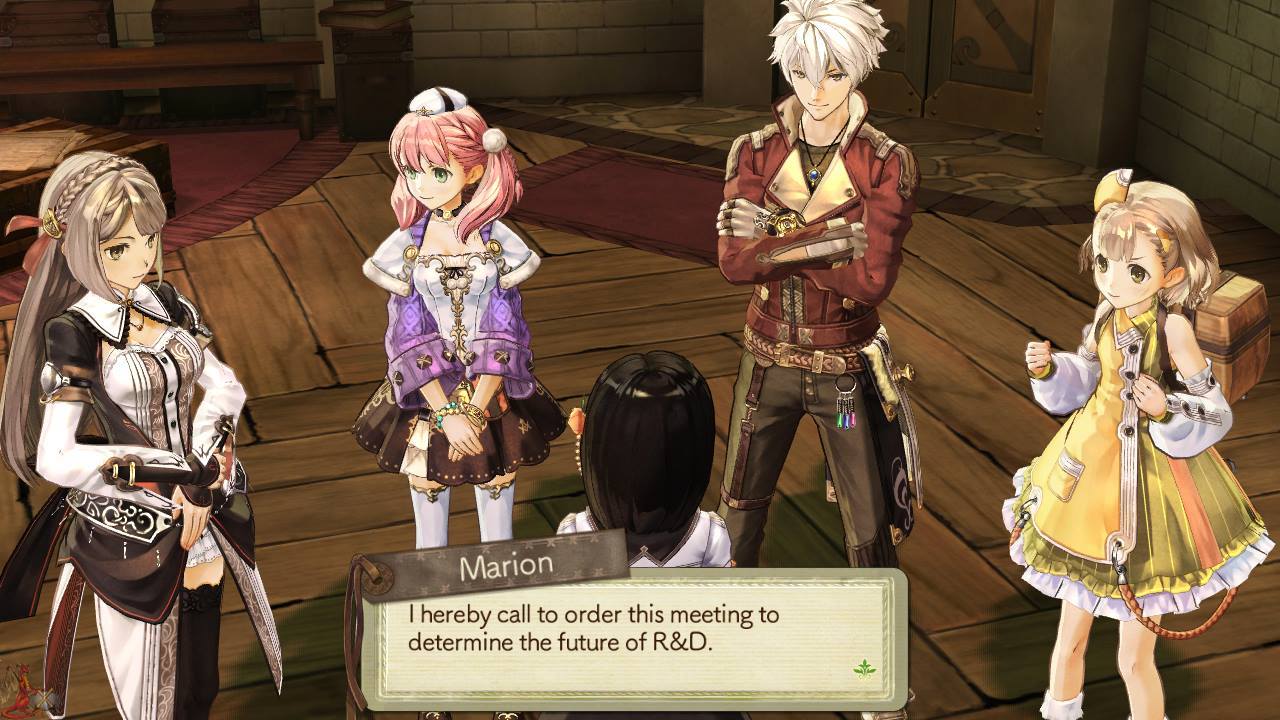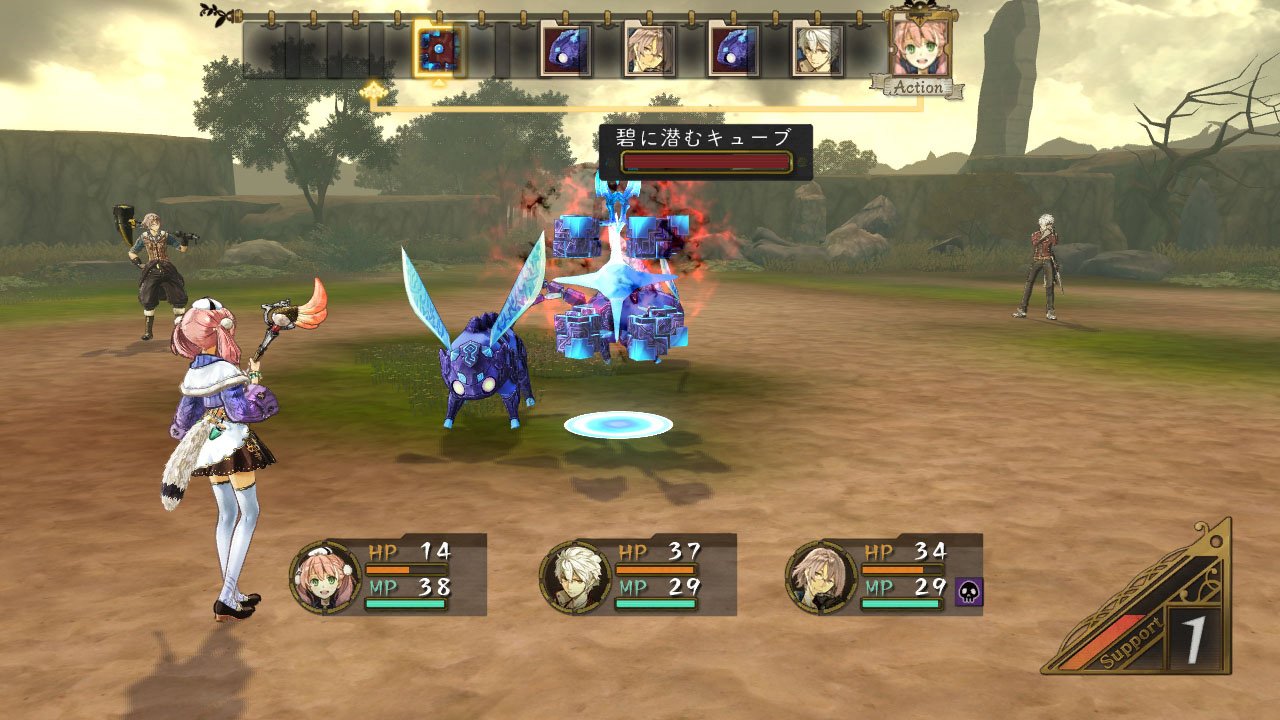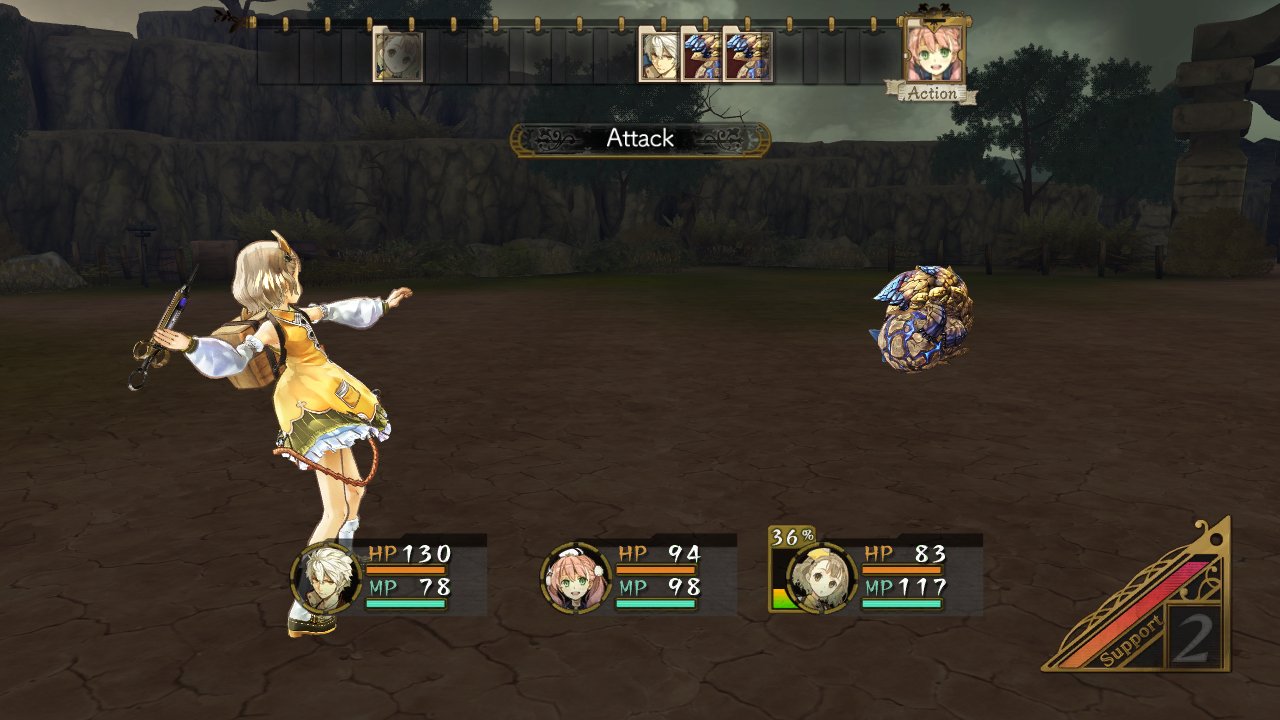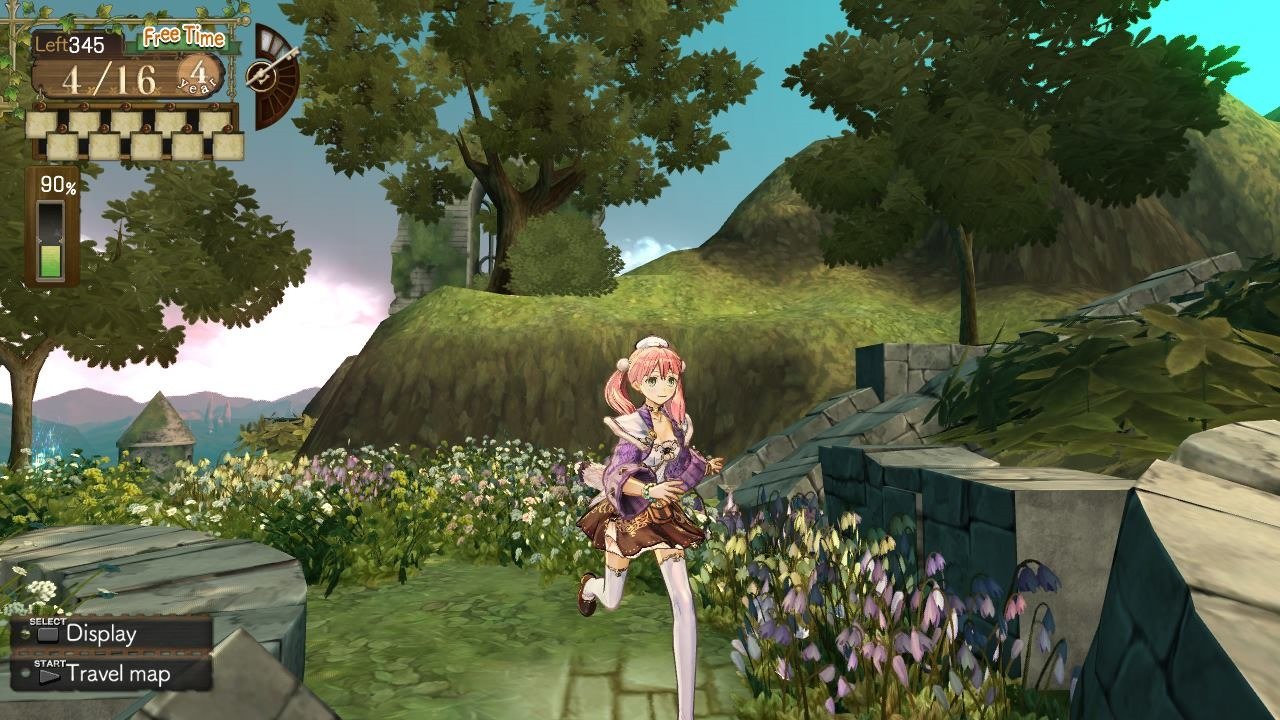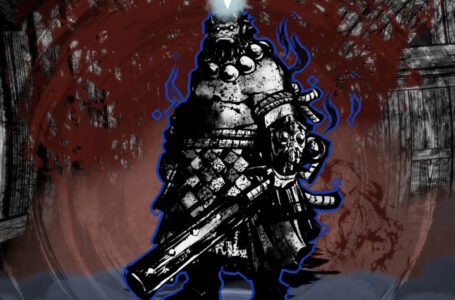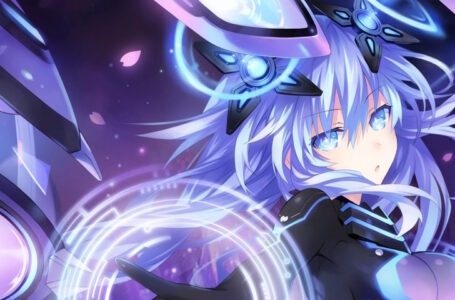Atelier Escha & Logy: Alchemists of the Dusk Sky Review (PS3)
Released by Tecmo Koei exclusively for the PlayStation 3, Atelier Escha & Logy: Alchemists of the Dusk Sky is the fifth Atelier title in the series made for this platform. It brings various improvements among which is finally the option to select either a male and female protagonist, something not seen in this series for over six years.
Atelier Escha & Logy features two selectable characters, each with different perspectives. While only the stories are the major differences it’s been a feature that vanished after the days of Mana Khemia 2 and is a welcome addition.
You can either play as Escha Malier or Logix Ficsario. Escha is a cute girl who uses traditional alchemy techniques and the only one in Colseit that can do alchemy. She comes from a family who owns an Apple Orchard and were she used to work. Now she decided to help the town as a member of the R&D using alchemy. Logy on the other hand comes from Central City. He focuses on the latest alchemy techniques and is stunned when he finds out that Escha synthesizes items using an old fashioned cauldron. He works with Escha called to Colseit because of the lack of man power.
Colseit is a simple town that was built near the floating unexplored ruins near it. The town is bustling with activity. You will meet a lot of townsfolk many with which you will have numerous cutscenes. You never spend too much time before you hear something new in the village. It’s this constant character progression that never allows a single aspect of the game to overstay its welcome, frequently switching between alchemy and exploration.
While you don’t need to play through the previous games in order to understand this one there are also quite a number of old characters for fans of the series. Some of the returning characters are: Marion Quinn, Windbell voll Erslied, Linca and Nio Altugle.
The story is probably the weakest part of Atelier Escha & Logy. It takes too long to start and even then it never takes full flight. The focus is on the assignments you get every four months, but you never do anything so important that it has a long lasting impact. In one term you must make items for a broken windmill, while in another you must bring water to a village because of a water shortage and later you must make fertilizer for the apple trees. Fortunately the weak story doesn’t really take away from the experience and it’s a pleasure to explore the world and learn more about its people.
While the game features an extreme amount of depth it is still very easy to get into. The game explains every element once it becomes available and even after that you can brush up on things in the Journal. The game makes certain that you grasp the concepts it introduces, because often new gameplay additions will be the focus of that terms assignments. Some things were simplified when compared to the previous games, for example ingredients don’t rot in basket any more. Equipable items such as bombs and healing items are no longer consumable but instead have a set number of uses that automatically refills when you return to town.
Atelier Escha & Logy features the alchemy system you have come to love and know. Using the cauldron you can synthesize items. Synthesis allows you to combine multiple ingredients into a new and better item. While shops sell some ingredients, for the majority of them you will have to go out and explore the wilderness.
What makes Atelier Escha & Logy so interesting is the shear depth of Alchemy system. There are hundreds of items and each one of them reacts differently when mixed. Mixing enough items with a specific type allows you to use skills to further hone the type of item you will receive. Focusing on a just a specific aspect of a item might unlock new effects but at the same time lock out other ones. Finally you can pick what Properties you want in your items allowing for huge boosts in attack or recovery power, or even inheritance in future synthesis. You also have to watch out for negative effects such as MP drain which will reduce your MP every time you use the item.
As with the general theme of the game you will not be able to buy any weapons, but instead you will have to find or buy books which will unlock new equipment. Logy can then craft using the same synthesis system, allowing for customization of your equipment.
While the combat for the most part plays as a typical JRPG there is enough variety here to keep it from getting stale. Aside from standard magic and attacks you have a Support Gauge which allows characters to chain attacks for the price of one support point. Chain enough attacks and you will be able to unleash a devastating Special Support attack. Additionally you can use half of a support point to allow one character to rush out and defend an ally against an incoming attack. While constant use of Support Attacks might allow for a quicker battle, it is also quite risky as you will not be able to defend yourself. All this allows for a nice balance of attacking and defending.
Enemies are visible on the map. This in turn allows you to circumvent some or get a head start by attacking them before they come in range. The game doesn’t punish you if an enemy manages to get to you before you can react, but having a head start begins the battle with an increased Support Gauge. Battles are quite forgiving as dying doesn’t spell game over, but instead costs you one day. But still, even this will rarely occur.
As you progress through the game you will gain more and more party members. You have a maximum of three in the front row and another three in the back row. Only the front row characters have their turns, while the allies in the back row slowly recover their HP and MP. They can be used for support attacks and defending when needed. You can also swap characters between rows at will, allowing for some complex strategies especially required for tougher opponents.
Only Escha and Logy can use equipped items, while all other characters have Finishing Attacks once their representative gauge fills up. Items are quite deadly and most of the time you can plough through an entire battle with a single well powered bomb. Omega craft bombs for example can single-handedly end the majority of battles. Boss battles on the other hand require a lot of planing. Position plays a vital role in combat since a lot of items and attacks have an area of effect.
As with previous titles there is a major focus on time management. Everything you do will take up a portion of your time, from alchemy, to foraging ingredients in the wild. Just travelling to a dungeon can take a couple of days. Quests in turn are time constrained. You have 3 missions a year, meaning you have 4 months to complete one major project and 24 other smaller quests for that term. While only the major project is required in order to proceed you will get bonuses for smaller projects.
While the time requirements add much needed pressure, they can be a bit too lenient at times. Once you get into the game you will be completing main quests before they officially start. I managed to finish one main quest 4 days in, leaving me with 126 days of free time. And while there is always something to do, it still feels like the main quests could have been a bit more taxing.
The Atelier series received constant graphical improvements year after year. Atelier Escha & Logy is no different and features even better visuals than ever before. The cel-shading visuals look extremely good and all the characters are amazing. Cutscenes are fully in 3D, rarely using 2D artwork. This makes the game flow better between cutscenes and gameplay. What’s more impressive is that the game features almost zero loading times.
Atelier Escha & Logy gives you the option to change the soundtrack to any of the previous four Atelier games, allowing for quite a bit of variation. You can even customize when you want to hear what tune, making certain that the soundtrack will never grow stale. The game features both English and Japanese voices. While both are equally good, you will have more spoken dialogue with the Japanese voice work, as not all cutscenes are voiced in the English version.
THE VERDICT
Atelier Escha & Logy is an adorable title. It has quite a decent battle system and a deep but approachable alchemy system. Both of these keep it fresh during the entire playthrough. While the story is more of a slice of life than a genuine adventure, the characters always have something new to say or do. If you never played an Atelier title Escha & Logy is a great place to start.
- Gal Gun 2 Review (PS4) (Switch) - April 17, 2018
- Aegis Defenders Review (PC) - April 6, 2018
- The Witch and the Hundred Knight 2 Review (PS4) - March 26, 2018



